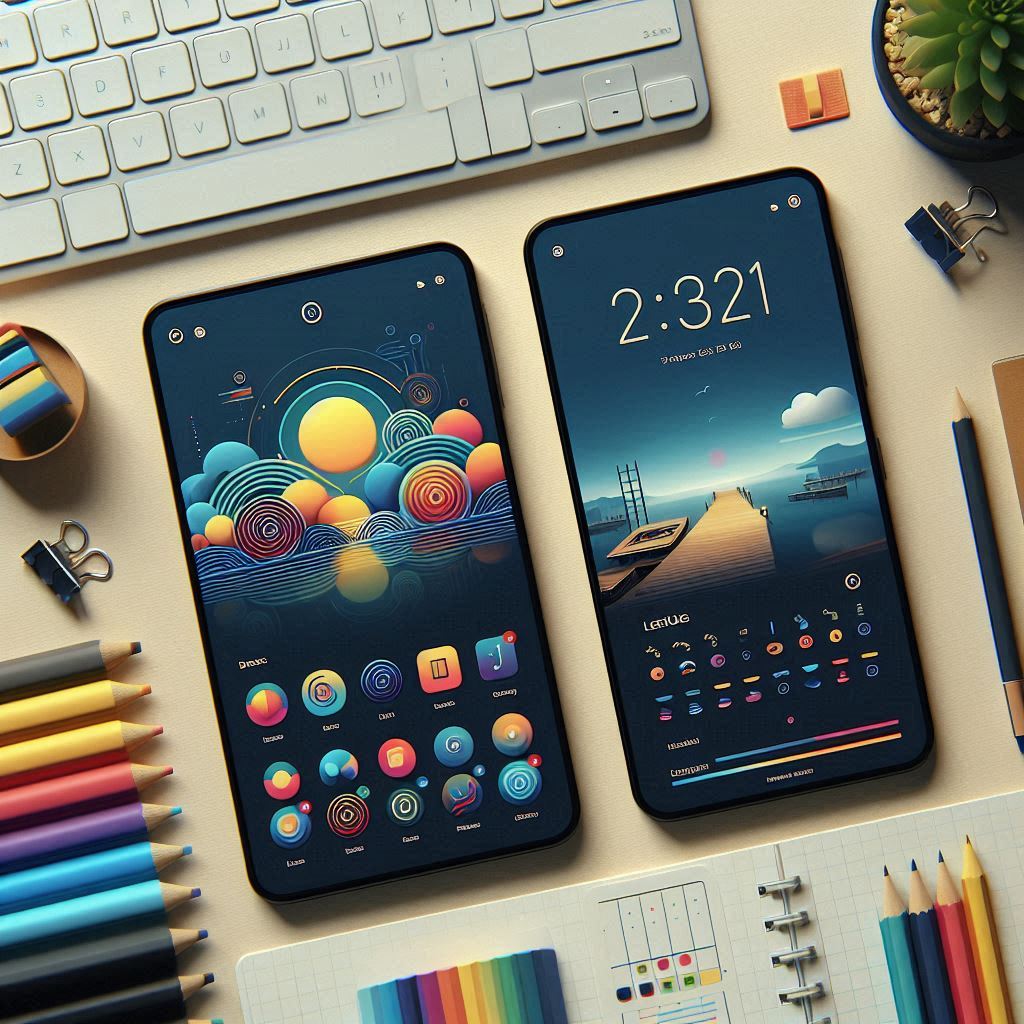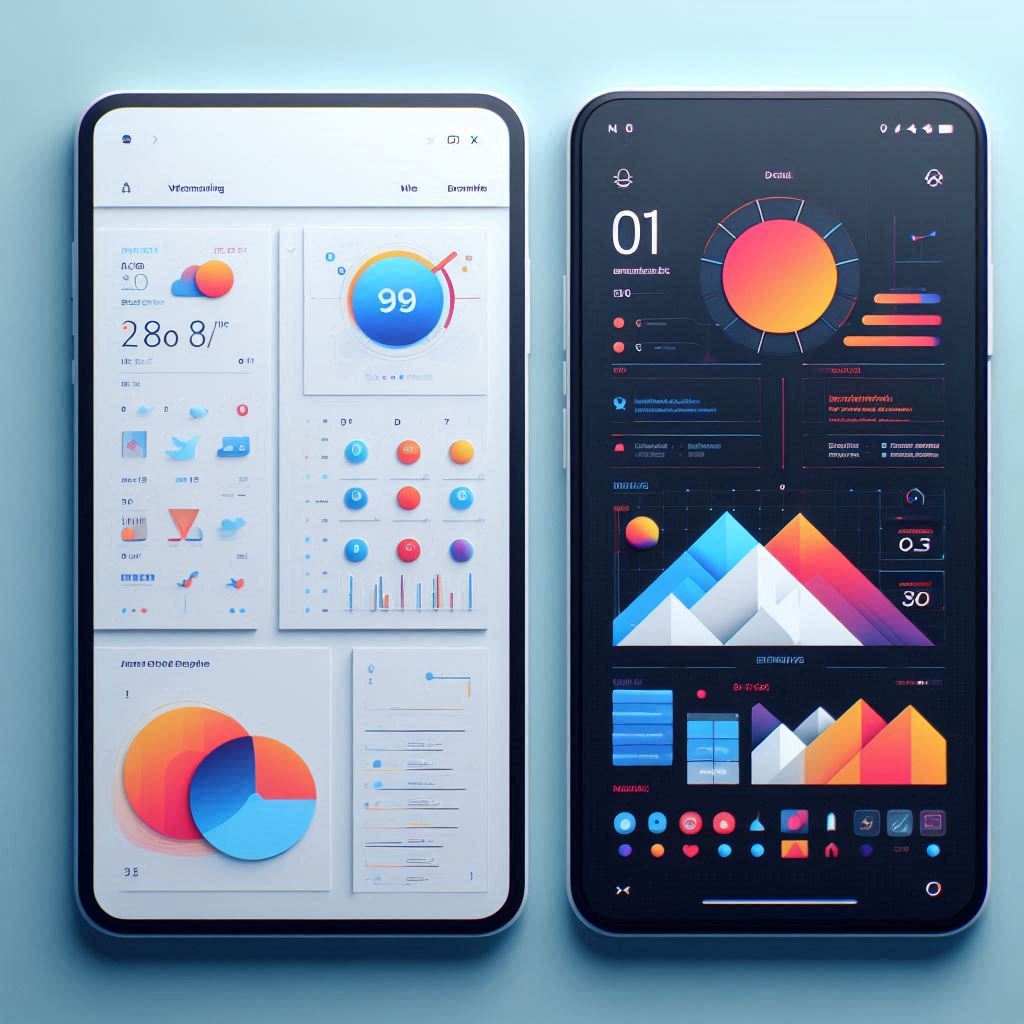Meta Description: Learn the key differences between a Prototype and a Minimum Viable Product (MVP) in product development. Understand their purpose, functionality, audience, and lifecycle with real-world examples.
Keywords: Prototype vs MVP, product development, startup strategy, minimum viable product, prototype examples, MVP vs prototype, product design, early-stage testing, lean startup methodology.
When developing a new product, two crucial concepts often come up: the Prototype and the Minimum Viable Product (MVP). While they may seem similar, they serve different purposes in the product development cycle. Understanding the distinction between the two can help businesses make informed decisions and allocate resources efficiently.
What is a Prototype?
A Prototype is an early model of a product designed to test concepts, visualize ideas, and refine functionalities before full development begins. It helps designers and developers explore different ideas, identify potential problems, and validate assumptions before making a significant investment.
Characteristics of a Prototype:
- ✔ Purpose: To test ideas, visualize concepts, and refine designs before investing in full-scale development.
- ✔ Functionality: May not be fully functional; often created to visualize and refine ideas rather than to be used by real customers.
- ✔ Intended Audience: Primarily for internal teams, stakeholders, and UX/UI feedback.
- ✔ Scope: Can be quick and inexpensive, allowing for rapid iteration and testing of multiple concepts.
- ✔ Commitment: Lower commitment level, as prototypes are meant to be easily changed or discarded.
- ✔ Life cycle: Often discarded or repurposed after initial testing.

What is a Minimum Viable Product (MVP)?
A Minimum Viable Product (MVP) is a functional version of a product that includes only the core features necessary to satisfy early adopters. It is developed to test the product in the market, collect user feedback, and iterate based on real-world usage.
Characteristics of an MVP:
- ✔ Purpose: To test market viability, gather user feedback, and validate core functionalities.
- ✔ Functionality: A working, albeit stripped-down, version of the product with essential features that real users can interact with.
- ✔ Intended Audience: Early adopters or a small group of target users who provide critical feedback.
- ✔ Scope: Focuses on delivering core value and gathering feedback rather than exploring multiple concepts.
- ✔ Commitment: Higher commitment level, as MVPs are designed to be a functional, working product.
- ✔ Benefits: Allows for early monetization, gathering real user feedback, and validating product assumptions.
- ✔ Relationship to Lean Startup: The concept of an MVP is rooted in lean startup methodology, which emphasizes learning, iterating, and scaling based on validated insights.
Key Differences Between Prototype and MVP
| Feature | Prototype | Minimum Viable Product (MVP) |
|---|---|---|
| Purpose | Explore and validate ideas | Launch a functional product and gather feedback |
| Functionality | May be incomplete or non-functional | Fully functional with core features |
| Audience | Internal teams, stakeholders | Early adopters and target users |
| Scope | Quick and inexpensive, designed for rapid iteration | Focused on delivering core value and gathering real user feedback |
| Commitment | Lower commitment level, meant to be discarded | Higher commitment level, designed for real-world use |
| Lifecycle | Often discarded after testing | Serves as the foundation for future development |
Example of a Prototype vs. an MVP
Example: A Food Delivery App
- Prototype: A wireframe or interactive mockup that shows the user interface, basic navigation, and possible user flows. It may allow users to click through screens to simulate the experience but does not have actual ordering functionality.
- MVP: A basic version of the app that allows users to sign up, browse a limited number of restaurants, place an order, and make payments. It provides essential functionality while omitting advanced features like AI-based recommendations or real-time tracking.
Conclusion
Both Prototypes and MVPs play a crucial role in product development. A Prototype helps validate ideas before development begins, while an MVP allows businesses to test a functional product in the real market. By understanding these differences, businesses can optimize their development strategies, reduce risks, and build successful products that meet user needs.
Ready to Build Your Product?
Are you working on a new product? Determine whether a Prototype or an MVP is the right starting point for your vision! 🚀




